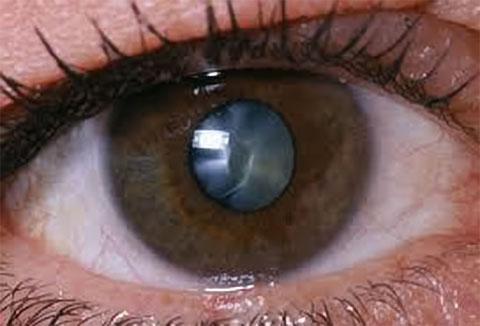
June 19, 2017
Let's Talk Cataracts
June is Cataract Awareness Month, a good opportunity to discuss the latest in cataract treatment options and advances.
More than two million cataract surgeries are performed each year in the U.S., helping to restore sight to those suffering from blurred, dim or dull vision. Cataracts affect more than 22-million Americans age 40 and older-with projections that this number will reach more than 45-million by the year 2050. What are your current options for cataract treatment? Let's discuss a few of the latest surgical advancements.
Most people think of age as the most common factor for developing cataracts. While age is a considerable risk factor, for sure, the cause may also result from hereditary influences, diseases such as diabetes, eye injuries, excessive UV exposure, or personal habits like smoking.
If you are diagnosed with a cataract, your ophthalmologist will detail your treatment options that are dependent on severity and your lifestyle needs. Cataract surgery has become a very safe and common procedure. In fact, more people are having cataract surgery each year, and at a younger age. The surgery itself is a quick, outpatient procedure (typically about 15 minutes), virtually painless with a fast recovery time.
First, your doctor will dissolve and remove the clouded lens by a process called phacoemulsification. The lens is then replaced with a plastic intraocular lens (IOL). This is accomplished through a tiny incision in the eye that often heals on its own and does not require stitches.
Back in the 1930s, Wolfe Eye Clinic doctors led the way in developing modern intracapsular surgery, resulting in a safer and faster recovery cataract surgery. Fast forward to today, and the technique and technology advancements continue for cataract treatment.
The TECNIS Symfony® lens and the AcrySof® IQ ReSTOR® Multifocal IOL are two such advancements offered at Wolfe Eye Clinic. These newer treatment options allow patients to see even more clearly and benefit from an extended depth of focus, with little or no need for glasses, following cataract surgery. These new intraocular lenses also work to correct presbyopia and astigmatism in adult patients, providing improved focus and clearer vision post cataract surgery.
If you have any questions about cataracts or cataract treatment options, we are here to help.